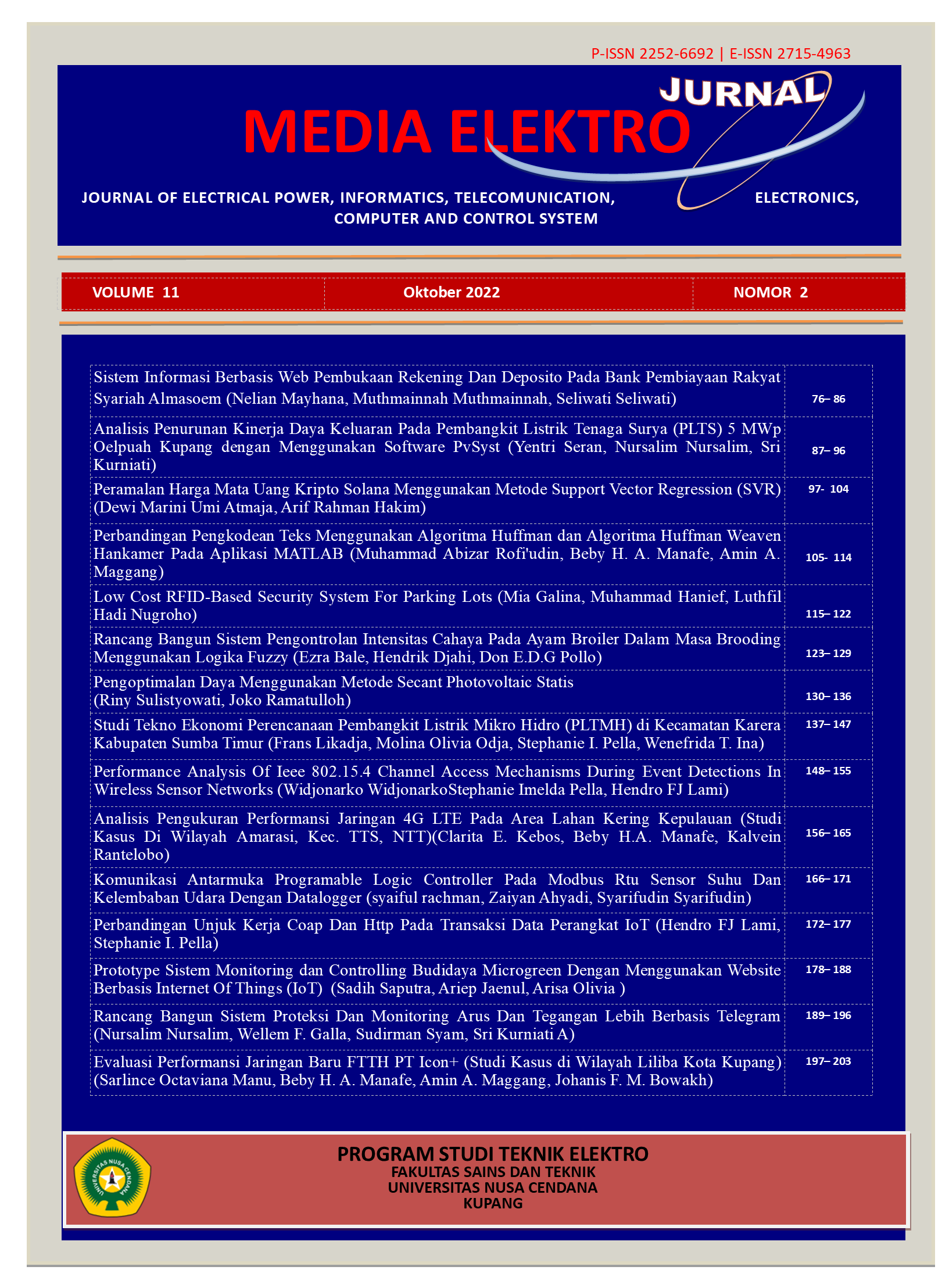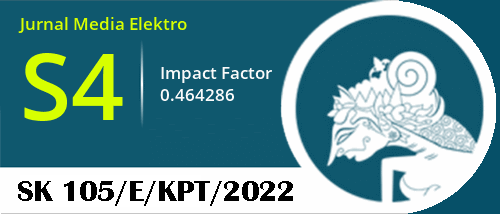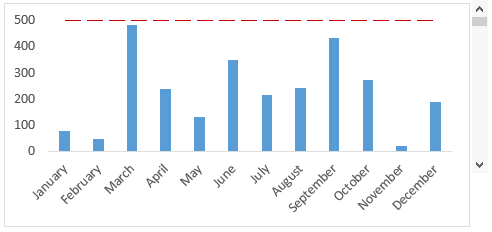PENGOPTIMALAN DAYA MENGGUNAKAN METODE SECANT PHOTOVOLTAIC STATIS
Abstract
A solar panel is a series of photovoltaic cells that converts sunlight into electrical energy. The solar panel can work optimally during daytime because the output power depends on the light intensity, temperature and load contained in the solar panel. Therefore an algorithm of Maximum Power Point Tracker (MPPT) is required as a storage control in order to obtain the maximum output power using secant method. This method is one of the methods used to find the root value of an equation, i.e. by taking sampling of an equation that will be used to assess the equation root by applying the slope estimate differentiation. The result of this method was used to set up the duty cycle utilizing DC-DC buck converter. Duty cycle was set at 50% with a duration of 0.25 seconds, functioned to regulate the output voltage of the solar panel in order to be in maximum position which does not exceed 14 V. At the peak position the tracking was slightly constrained by reading output voltage from the solar panel to calculate the new value. Thus, the output of the solar panel would follow the output of solar panel in order to be at the maximum point
Downloads
References
Priananda, Ciptian Weried dan Riny Sulistyowati. "Analisa Dan Simulasi Metode Hill Climbing Untuk Maximum Power Point Tracker Pada Photovoltaic Statis". Seminar Nasional Sains dan Teknologi Terapan III. Institut Teknologi Adhi Tama Surabaya. 2015.
HA Sujono, Riny Sulistyowati, A Safi'i, CW Priananda, Photovoltaic farm with maximum power point tracker using hill Climbing algorithm ARPN Journal of Engineering and Applied Sciences 1 , 2018.
Machmud Effendy, Nur Alif M., Khusnul Hidayat , Implementasi Teknologi Maksimum Power Point Traking (MPPT) Pada Solar Sel Berbasis Fuzzy Logic Controller.Seminar Nasional Teknologi dan Rekayasa (SENTRA) 2016.
Puji Slamet,Subekti Yuliananda, Santoso Santoso,Simulasi Desain Kontrol MPPT Sistem Photovoltaic, JEEE,2019.
https://doi.org/10.21070/jeee-u.v3i1.2019
Stošović, Dimitrijević1, Litovski2, 'MPPT Controller Design for a Standalone PV System', TELSIKS, IEEE serbia, pp 51-54, 2013
VasantharajS, Vinodhkumar, G, Sasikumar.M, " Development of a Fuzzy Logic based, Photovo/taic Maximum Power Point tracking control system using boost converter". lET Chennai 3rd International conference on Sustainable Energy and Intelligent Systems. December 2012, pp. I-6.
https://doi.org/10.1049/cp.2012.2220
B.P.J. Putra, A.S. Aisjah, S. Arifin, "Photovoltaic Berbasis Logika Fuzzy di Buoy Weather Station," Jurnal Teknik Pomits, Vol. 2, No. 2, 2013.
M. Effendy, N.A. Mardiyah, K. Hidayat, "Implementasi Maximum Power Point Tracking pada Photovoltaic Berbasis P&O-Fuzzy," JNTETI, Vol. 6, No. 1, pp. 2-7, 2017.
https://doi.org/10.22146/jnteti.v6i1.302
Adhi Kusmantoro, Margono Margono Peningkatan Kinerja MPPT Menggunakan Kontrol PWM Fuzzy dengan Tuning PID ,2020.
https://doi.org/10.17529/jre.v16i2.16220
P. Jaiswal and A.Mahor, "Review on MPPT Techniques in Solar Photovoltaic System," International Journal of Advanced Technology in Engineering and Science, Vol. 02, No. 07, pp. 245- 252, July 2014.
A.U. Azmy, Sumardi, M.A. Riyadi, "Sistem Tracking Panel Surya Untuk Pengoptimalan Daya Menggunakan Metode Kontrol Self-Tuning PID,A.U. Azmy, Sumardi, M.A. Riyadi, "Sistem Tracking Panel Surya Untuk Pengoptimalan Daya Menggunakan Metode Kontrol Self-Tuning PID Dengan JST Jenis Perceptron," Transmisi, Vol.1, pp.35-41, 2015.
A.N. Hidayanti, P.Handayani, I. Chandra, "Pemanfaatan Metode Single Axis Tracker dan Maximum Power Point Tracker (MPPT) PID untuk Mengoptimalkan Daya Keluaran Panel Surya," 10th Industrial Research Workshop And National Seminar, 2018, pp.149-155.
This work is licensed under CC BY-SA 4.0

 Riny Sulistyowati(1*)
Riny Sulistyowati(1*)












